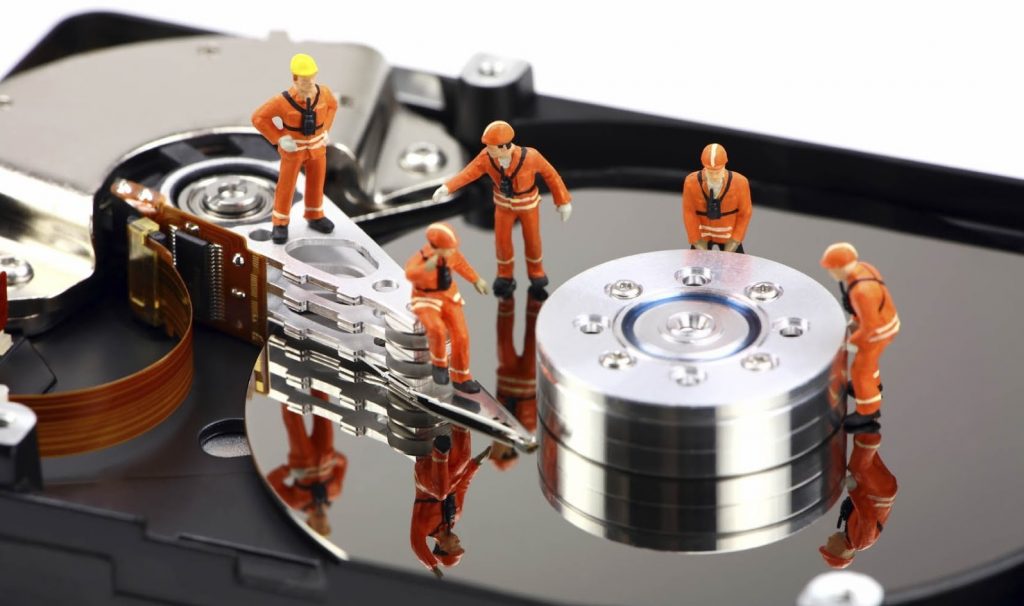Lost files can usually be recovered if you find the loss soon enough, and the more time passes, the more difficult it is to Data Recovery . But every time you write to the hard drive, you decrease the chance of a successful restore. Therefore, use this computer as little as possible until the files are restored or you lose hope.
Data Recovery – Check Recycle Bin First :
Windows stores “deleted” files here as a security measure. You will find the icon in the upper left corner of the screen. If you find files there, select them, right-click and select > Restore”.
Data Recovery – Use Your Backup :
If you regularly back up your hard drive, or at least your libraries. Your files are probably saved there. I don’t know what backup program you are using, so I can’t tell you exactly how to find and restore files. This is usually a fairly intuitive process.

Even a file that is no longer in the trash can still exist. Windows doesn’t overwrite actuals and zeros until another file needs disk space. That’s why it’s best not to use the PC as much as possible if there is an interest in recovery.
There are several good file recovery programs out there. WE recommend Recuva Portable. It is easy to use and has a very good track record. And sometimes she shows you images that she can restore. It’s also free!
And, because it’s portable, which means you don’t have to install it, you can use it on your PC without writing to your hard drive. Download the program to another computer and unzip it to a folder on a USB flash drive. Then connect the flash drive to the PC with the missing files and run it from there.
Data Recovery – Hire a Professional :
This is the last resort if none of the suggestions above worked. There are many data recovery services available. And since your drive is still working, you probably don’t need one of the more expensive ones. “Computer Help” will come to the rescue at the right place and at the right time. Restore your data and set up scheduled backups!
